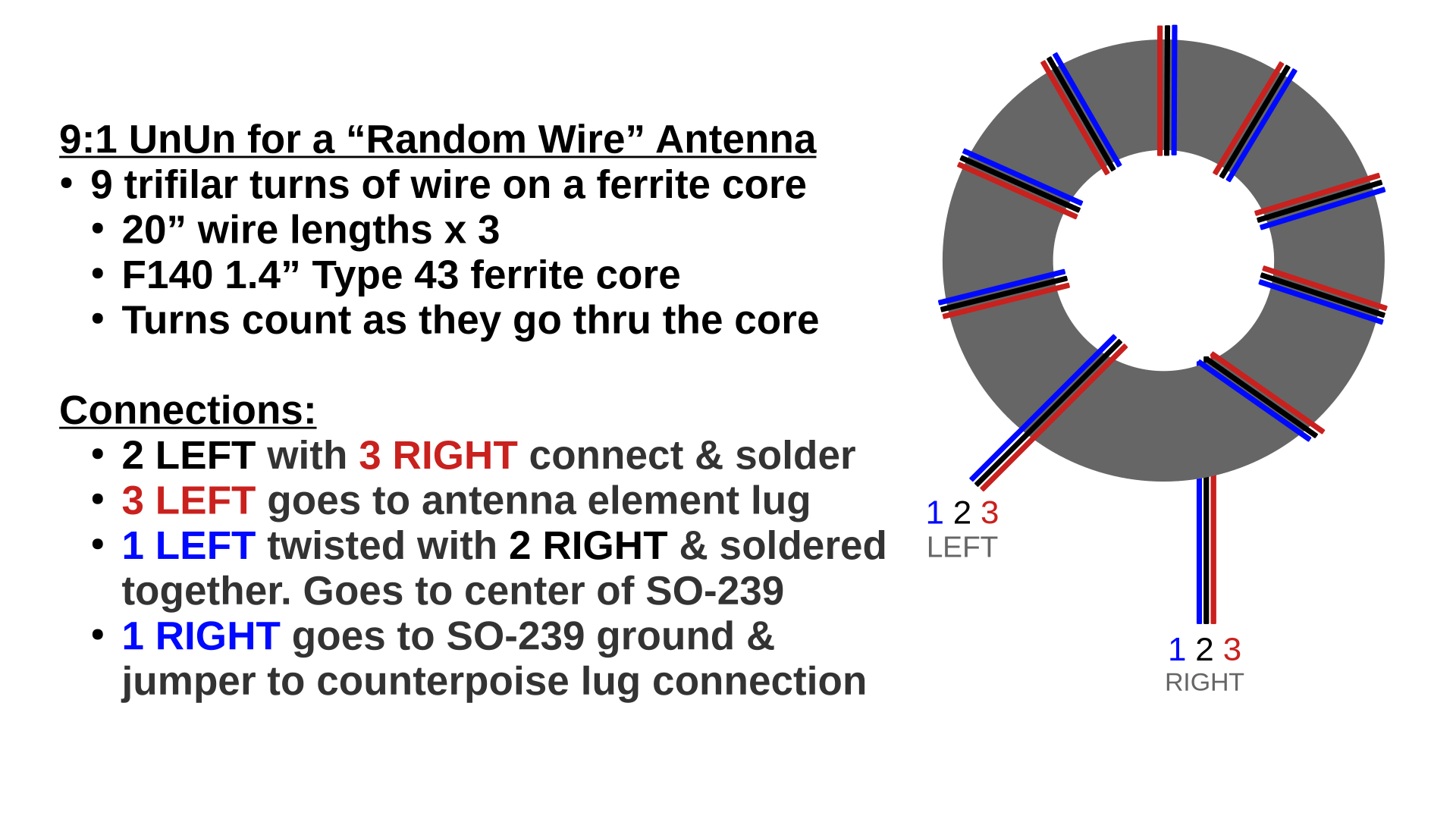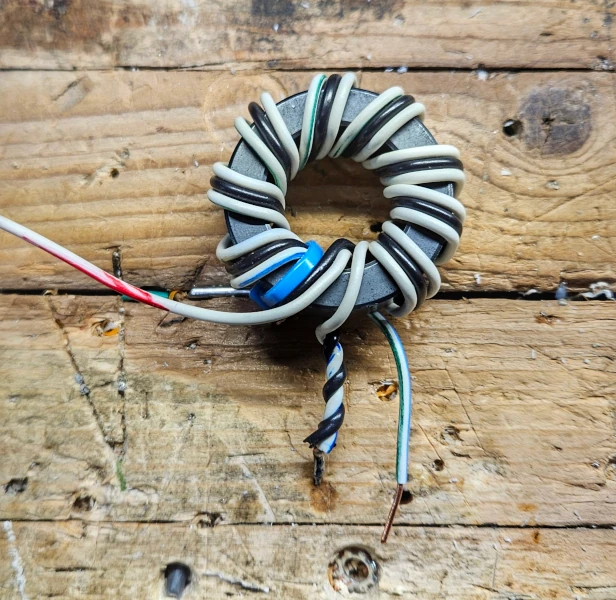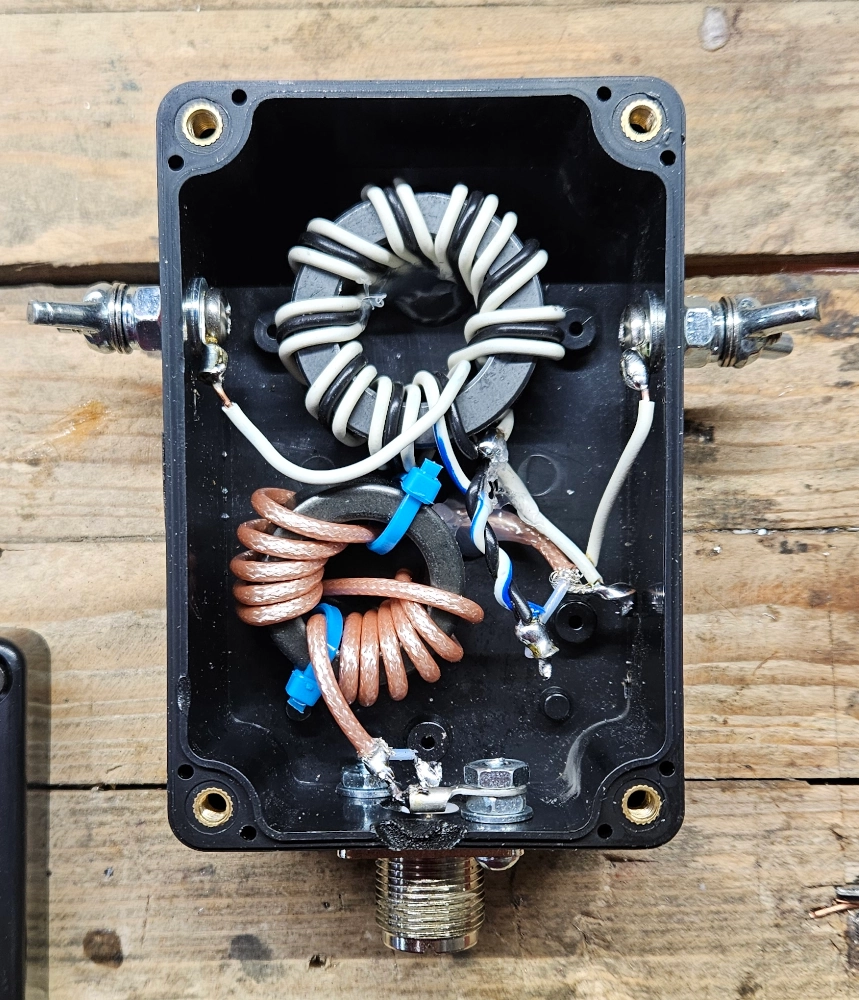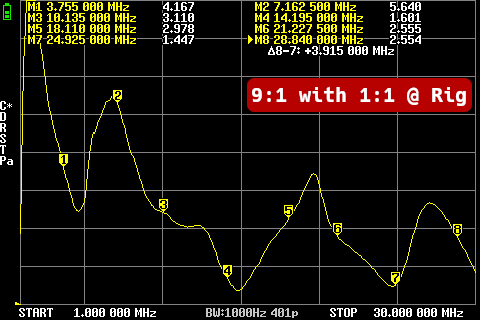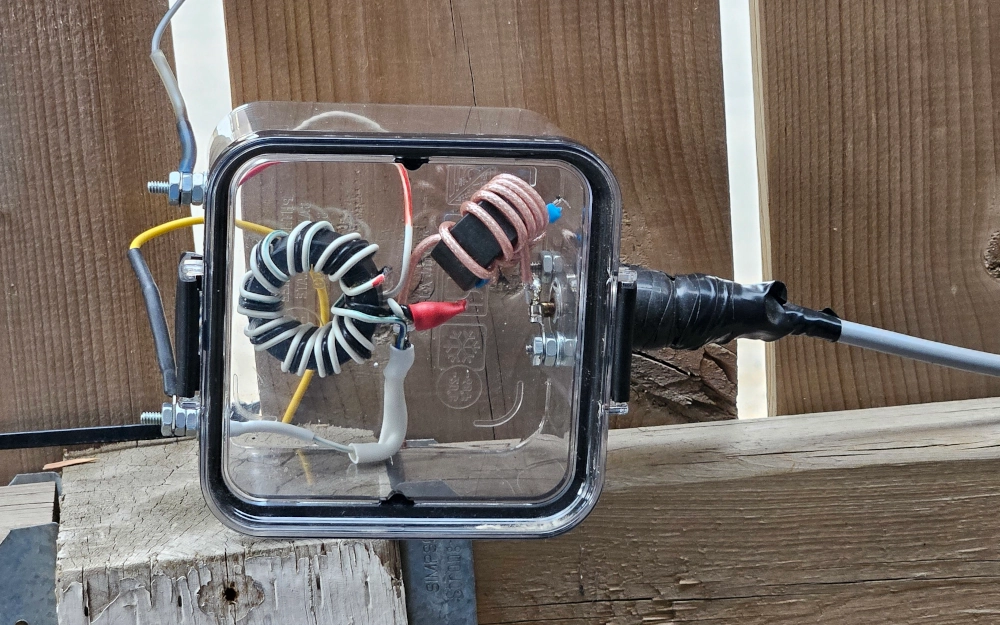Random Wire
An antenna that isn’t resonant on any amateur radio band?! How can that work?
How Does It Work?
As the biggest misnomer in Amateur Radio, the ‘Random Wire’ Antenna is really anything but random. Some super smart hams discovered that very specific antenna wire lengths are not resonant on any half-wave of any amateur frequency. We owe a great deal of gratitude to VE3EED and AB3AP who figured all this out for us.
‘Random’ Lengths
These are their ‘random’ recommendations:
With any of these antenna wire lengths you can tune any of the amateur radio bands with a good tuner. However, performance is going to range from poor to non-existant on the lower bands the shorter the wire is. In my testing, I can work 80m reliably on a 71’/21.6m wire. I wouldn’t go any shorter than that though.
The UnUn
These antennas are end-feds, so the impedance is big. Commonly a 9:1 UnUn is suggested along with a counterpoise wire. It’s transforming ~450Ω. You can buy commercial versions or homebrew your own. I used the LDG brand for years. I had/have a 71’ random wire as my QTH antenna and I had another one for portable ops. But it’s easy to make one:
For my build I used a Type 43 FT-140 instead of my favourite fatty core. And the only reason was to accomodate the trifilar wraps. It was a bit too bulky to fit on the chunky core geometry. And, I also incorporated a built-in 1:1 choke. I used 18AWG solid-core because that’s what I had on hand. I’ve seen other builds that use enamel wire or teflon. If you have different coloured wire, it is highly recommended, unless you’re a total Toroid Chad.
I built two versions of this UnUn, one for the QTH and one for portable work. I have a 71’ Random Wire as my main antenna at home and there is nothing more versatile in the field. I also included a 1:1 choke in both builds to help isolate out the coax and keep the antenna pattern true. For hooking up the 1:1, its connections just go from the SO-239 and then the coax center solders to the twisted pair of the UnUn. The shield solders with the ground connection of the UnUn. I then soldered in a jumper from those two connections for the counterpoise lug. Ignore where I dropped the soldering iron and melted the project box at the bottom. LOL!
Counterpoise
In testing, I go with a 17’/5.2m counterpoise for anything 35.5/10.8m+ and only a 6’6/2m counterpoise for the 29’/8.8m variation. It seems to behave better with this configuration. The 29’ makes for a very nice portable vertical antenna with its non-cumbersome counterpoise.
Performance
Here are some NanoVNA sweeps of SWR from 80m-10m. These sweeps are from the final QTH install with 50’ coax and the combo 9:1 UnUn, 71’ Random Wire and 17’ Counterpoise.
As is, no additional 1:1 at the rig:
With an additional 1:1 at the rig:
Adding the additional 1:1 choke at the rig doesn’t really change much. I tried two different Type 31 mixes and the Type 43 mix chokes and they were pretty much the same. The big 2.4” Type 31 was notable worse on 10M but otherwise much the same.
A 3:1 internal rig tuner might struggle with 10M, 30M, 40M and 80M. But a dedicated tuner has no troubles at all with any of these SWR values.
QTH Install
I put the UnUn into a clear plastic dollar store lock n’ lock container. It’s mounted on my fence with a 71’ wire in a weird inverted V/L type setup. Maybe more of a slopin’ L. I put a bit of bore butter on the exposed threads. The coax is sealed with self-vulcanizing tape. I do have some nice sealed project boxes, but we will see what how this one holds up in the harsh Saskatchewan weather.
Final Thoughts
Every antenna is some level of compromise. A Random Wire offers a ton of band value for the same real-estate as other antennas. It will be lossier than dedicated resonant antennas. But you trade that for the convenience of having 80M-6M at the push of a button. It’s hard to beat the Random Wire as a great all rounder or a starter antenna.
73 de VE5REV


